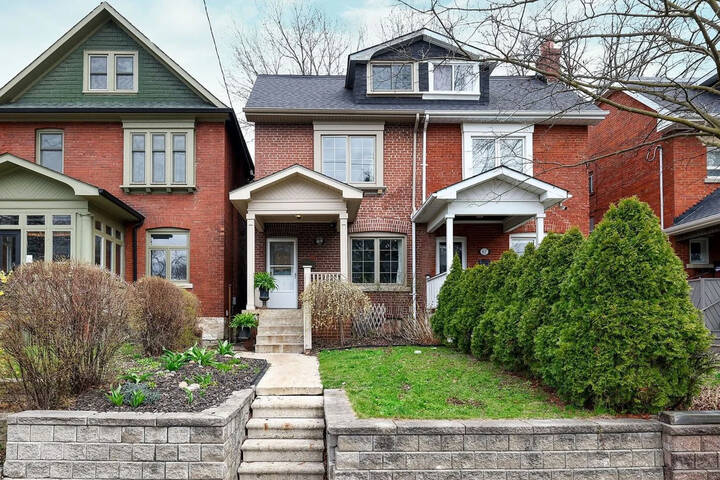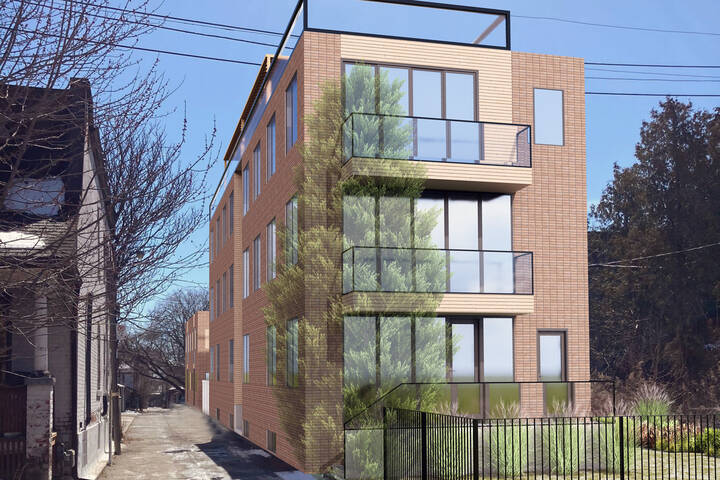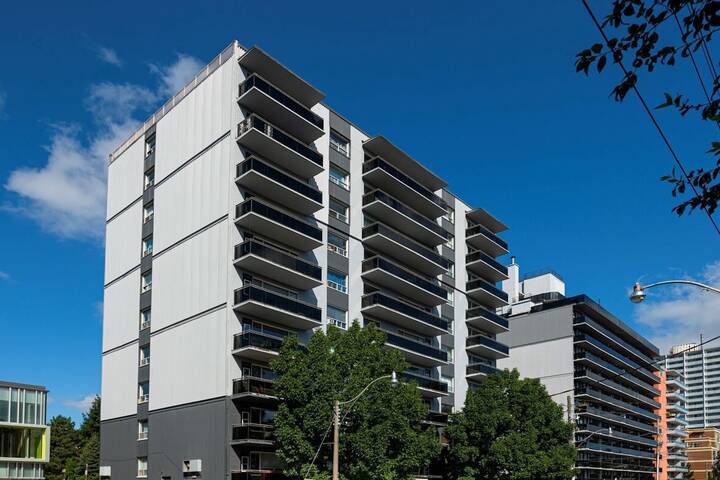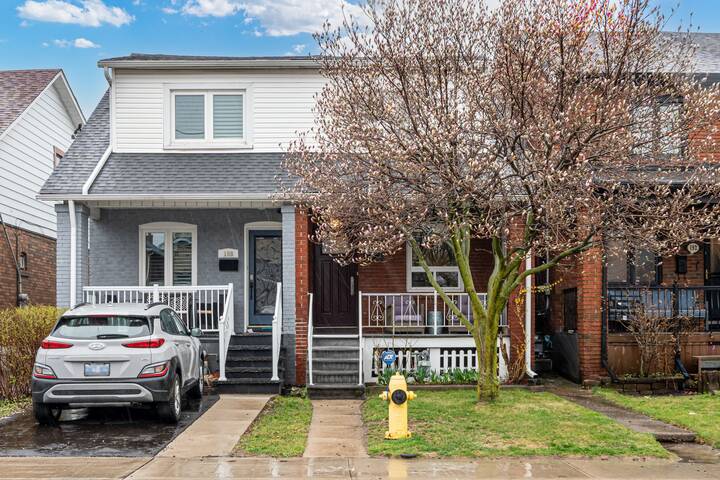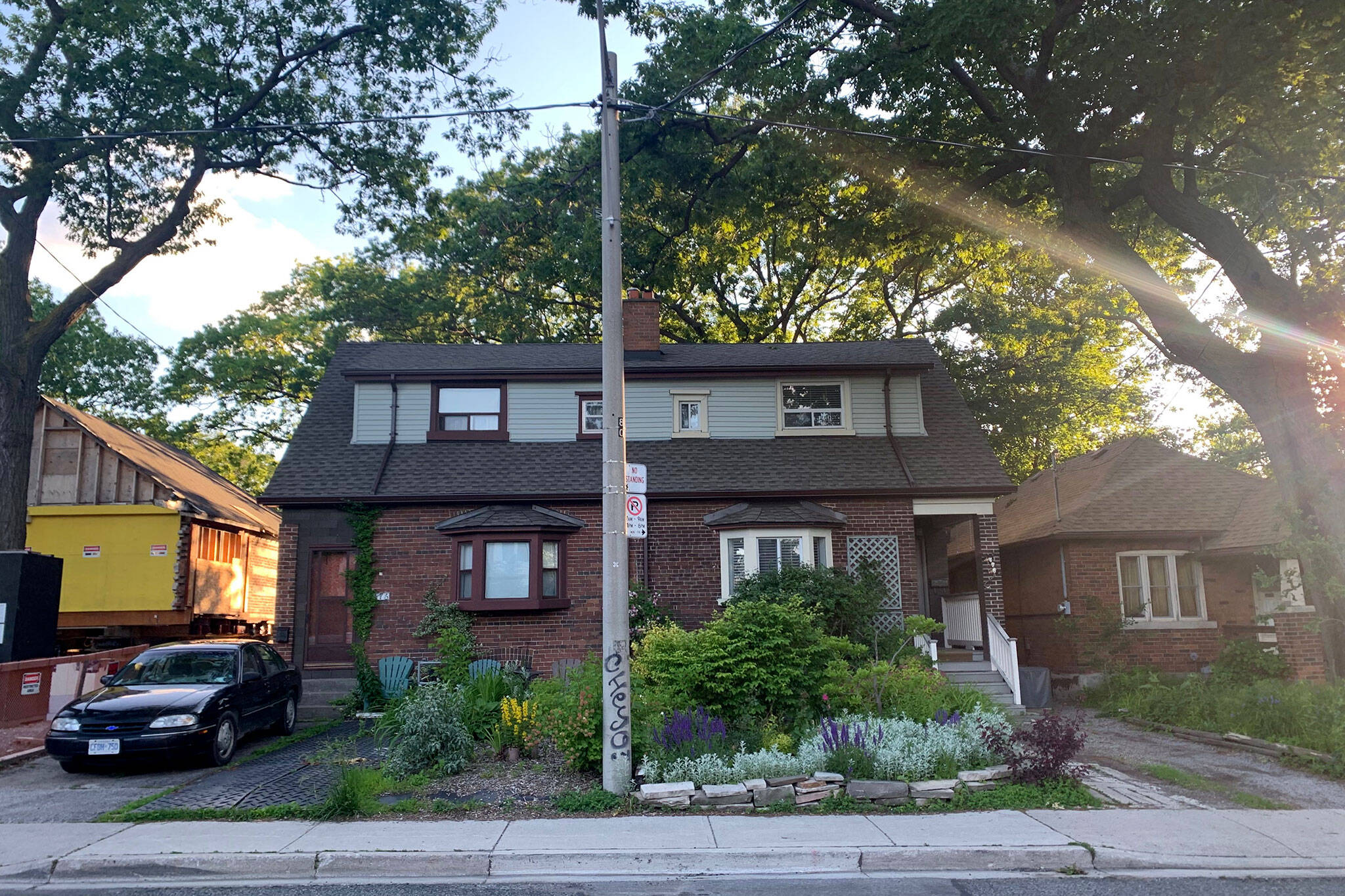
People in Toronto are moving homes a lot less than they used to
Feeling like you want to move but there just isn't anywhere for you to go? You're not alone.
A new study, conducted by the Centre for Urban Research and Land Development at Ryerson University, indicates that a shortage of new housing options between 2006 and 2016 has probably contributed to Torontonians moving less.
Read the entire report by @RyersonCUR's researchers Frank Clayton and John Clinkard at https://t.co/yVnYGSvKt5 https://t.co/mdK2qpmw5O
— Centre for Urban Research & Land Development (CUR) (@RyersonCUR) July 23, 2019
The study compares the percentage of population that moved from one home to another within the five years leading up to both 2006 and 2016.
It compares these statistics in Toronto to Calgary, Vancouver, Edmonton and Montreal.
It found the total residential mobility (meaning the percentage of population that moved from one location to another in the previous five years) declined in all six of Canada’s largest census metro areas.
But while it declined everywhere, it declined the most in Toronto with a 6.3 per cent drop.
I haven’t moved in 20 years!
— Miki Ellsworth (@MikiEllsworth01) July 23, 2019
Calgary and Vancouver are next in line, with 5.7 per cent and a 3.8 per cent drops, respectively.
Montreal saw a 2.7 per cent drop and Edmonton saw a 1.2 per cent drop.
Homeowners showed the greatest change in moving habits, despite the fact that renters are typically more mobile.
Mobility rates declined at an average of 7.6 per cent among GTA homeowners, compared to 3.9 per cent among renters.
On average during my entire life I have moved every 2.35 years. Presently been in condo I own now for about 8 years. Did not even count both places my parents lived in when they divorced.
— etemenanki (@babel_meister) July 23, 2019
The study looks at many potentially-contributing factors for these drops, including shifts in tenure (whether the individual lived in either owner-occupied or rental households), employment growth, changes in home prices, changes in housing affordability (households paying more than 30% of their income for shelter), and an inadequate supply of new housing during the period.
After analyzing all of these factors, only the inadequate supply of new housing appears to be consistent with changes in owner mobility.
“In the last decade compared with the early 2000s, we were building a lot more low-density housing, particularly single-detached housing. In 2002 we built 22,000 units and in 2016, the peak in the last 10 years, we built 11,000 units,” the study’s co-author Frank Clayton told the Toronto Star.
He also said many homeowners have turned to renovating instead of moving, since relocating is usually expensive, which adds to the value of those properties.
Is moving less, bad?
— Henry (@8220) July 23, 2019
"It appears that a marked shortage of new ground-related housing in the 2006-2016 period may have been a significant contributor to the decline in mobility rates in the GTA, as approximated by the Toronto CMA," the study states.
The study is only "rudimentary" and calls for "more in-depth statistical research into the role that the marked decline in the quantum of ground-related housing completions played in reducing overall population mobility."
Latest Videos
Latest Videos
Join the conversation Load comments
